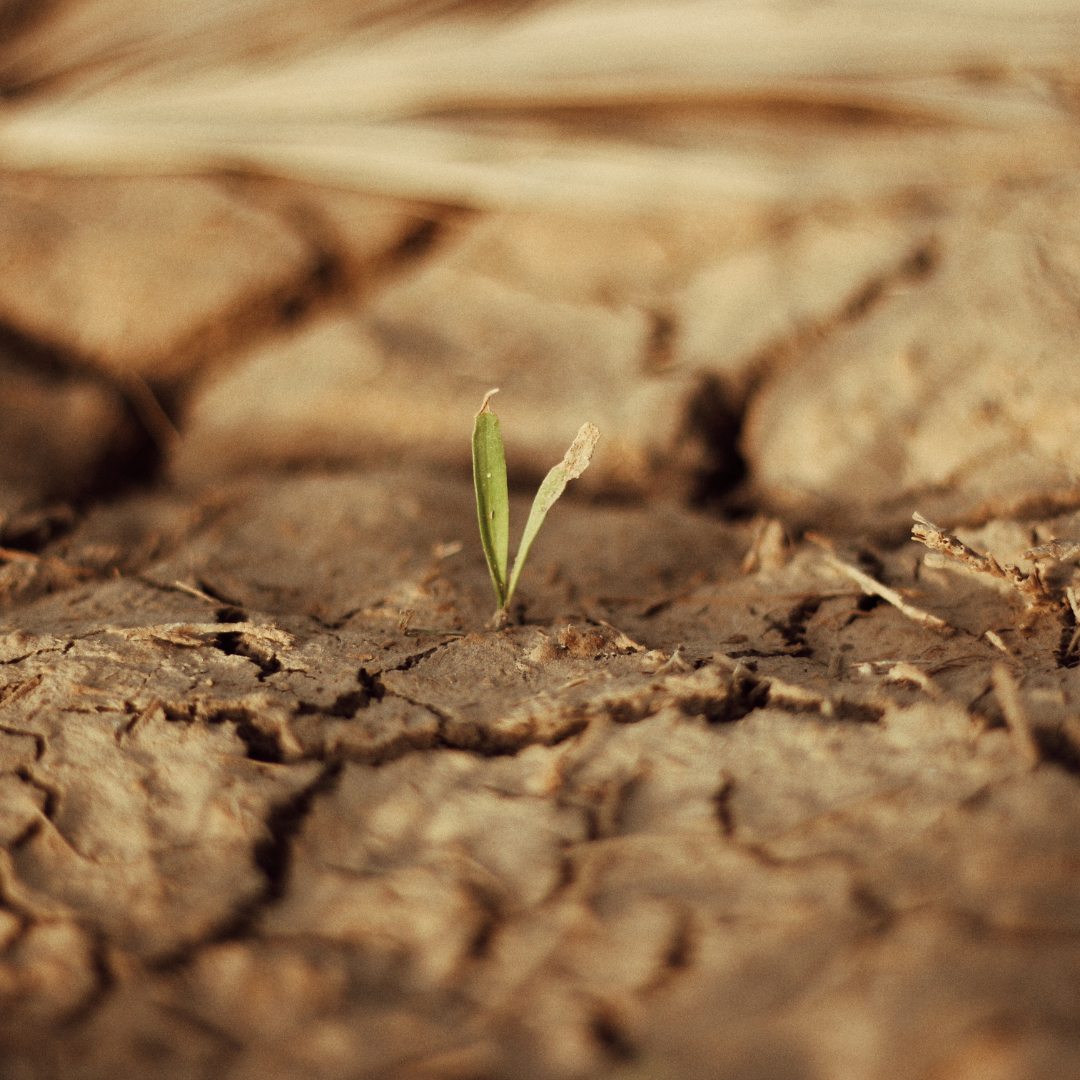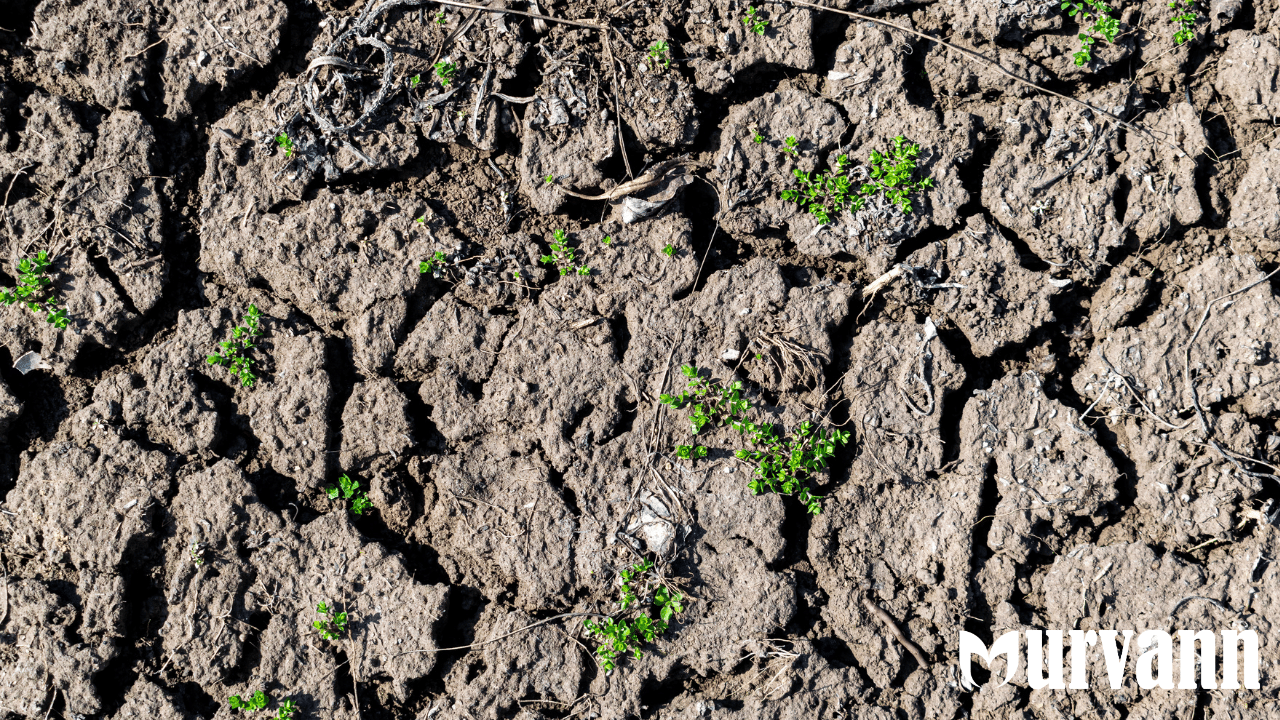For every other plant lover who cares about farms, gardens, or the planet, soil erosion is a big deal. After rains, if you have ever looked at patchy lands, filled with gravel and stones, seemingly losing the nutrient-rich layer, which gets washed or blown away, it's a chance that your plants also suffer along with the environment.
Here, let’s act as mediators acting on the soil’s behalf, and letting nature do half of its magic. It can bring back the wholesome connection shared between a to-be-grown plant and Mother Earth, restoring that protective soil layer.
Let’s get to the basics and learn how to prevent soil erosion naturally!
What is Soil Erosion?
Let’s rewind to those school projects—remember adding soil in two containers and covering one with pebbles and stones? You blow a strong gust of wind toward it. One would lose its shape entirely while the other stayed intact. That’s erosion in actio
A simple definition of soil erosion is the gradual removal of the topsoil by natural forces like wind, water, and even human activity. This top layer is rich in nutrients and essential for healthy plant growth. Once it's gone, the soil becomes weak, less fertile, and difficult to grow anything in.
How Can We Prevent Soil Erosion?
I still remember when I first started gardening, my top concern was: “How can soil erosion be prevented before it’s too late?” This same concern took height a few days ago, when Delhi experienced heavy rainfall. The garden bed near our residential park stayed intact, while my garden looked like the rain had washed it up.
This means nature already has the answers. Plants, trees, and shrubs aren’t just pretty to look at; they’re also powerful protectors of the soil. Their roots hold the ground together, reduce the impact of rain, and stop the soil from being washed or blown away.
5 Natural Ways to Prevent Soil Erosion Using Greenery and Simple Strategies
1. Plant the Soil Saviours
After that school project and witnessing in real life, we know for a fact that covered soil is a happy soil. There, we said it!
You can introduce ground cover plants like creeping Thyme and Periwinkle to form a thick mat over the soil. It will act like a cosy blanket, rescuing it against the impact of rainwater and stopping it from being displaced. Similarly, grasses (yes, one of the reasons for your residential park staying strong) also help in the prevention of soil erosion. There are a few examples, such as Vetiver, Bermuda grass, and Lemongrass, that are the deep-rooted warriors. They tightly grip the soil and become honoured heroes in such conditions.
When talking about soil saviours, we can’t forget that perfect for shady regions, ferns like Boston fern and Maidenhair Fern act as guards that help give the soil a break from harsh natural forces.
2. Nature-Made Windbreaks
Tall trees are not only an excellent addition supporting the ecosystem, but also prevent soil erosion.
You have excellent options for trees, like bamboo, neem, and willow. Their roots hold the soil together, and once they grow lush, they form canopies that protect the ground against the natural forces, and that’s how trees prevent soil erosion. People strategically plant trees along borders or in open areas near their homes to create a privacy shield or a protective layer, thereby slowing down wind speed.
3. Improve the Drainage System
Often, the drainage system in the house is overlooked, resulting in accumulated water having no passage. But it is one of the most important steps to prevent soil erosion.
What happens is that, with no proper route for rainwater to flow, it rushes across the land, washing away the topsoil. You can make a good drainage system with the help of an expert, which further aids in guiding the water out. It doesn’t matter whether it’s a small home garden, a terrace garden, or a big farm; simple drainage channels can help a lot.
4. Try Crop Rotation and Cover Cropping
If you’re into farming or even balcony gardening, crop rotation must be one of the things that you would know about.
Growing the same plant over and over can weaken the soil. But you can protect it by rotating crops, improving soil health, and reducing erosion.
You can invest in cover crops that enhance soil fertility. Some examples are rye grass, clover, radish, etc. These not only help you grow the area under greens but also give back valuable nutrients to the soil.
5. Use Terracing for Slopes
Got a sloped garden or farm? Don’t let all that water rush down unchecked!
Terracing is an age-old technique where land is shaped into steps. These flat areas slow down water flow, give it time to soak in, and stop it from carrying away soil.
Terraces are super effective in hilly areas and can be built with natural materials like stones or even grass barriers.
A lush green garden promised!
So, the next time you think about how to control soil erosion, just look to your garden. Plants and trees aren’t just green decorations—they’re natural protectors of the earth. By choosing the right species and planting them wisely, you’re not only saving your soil but also contributing to a healthier planet.
Remember, the steps to prevent soil erosion don’t have to be complicated. Sometimes, it’s as simple as planting a fern, growing a tree, or letting nature do what it does best.
Frequently Asked Questions on Natural Ways to Prevent Soil Erosion
-
What are the 10 best ways to prevent erosion?
Over the years, plant lovers have come up with several ways to eradicate soil erosion. Some of these ways are afforestation, crop rotation, adding trees (or windbreaks), adding mulch, reforestation, terrace farming, contour farming, better drainage, embankments, and shelterbelts.
-
Why is it so important to prevent soil erosion?
Prevention of soil erosion is very important as it removes the fertile layer of the soil. It can impact the ecosystems, leading to an impact on the life of microorganisms and the plant world.
-
What is the topmost layer of soil composed of?
This topmost layer of the soil is filled with the necessary components for plant growth. It contains sand, silt, clay, and humus. These quality components improve the soil texture, making it fit for plants and to support the life of microorganisms for undertaking various processes like decomposition, etc.
-
What are the methods used by farmers to prevent soil erosion?
Terrace gardening, mulching, etc, are a couple of techniques to prevent the flow of the topsoil from any such forces of nature. Once that’s maintained, it balances the nutrients for the growth of the plant and the life of the organism.


